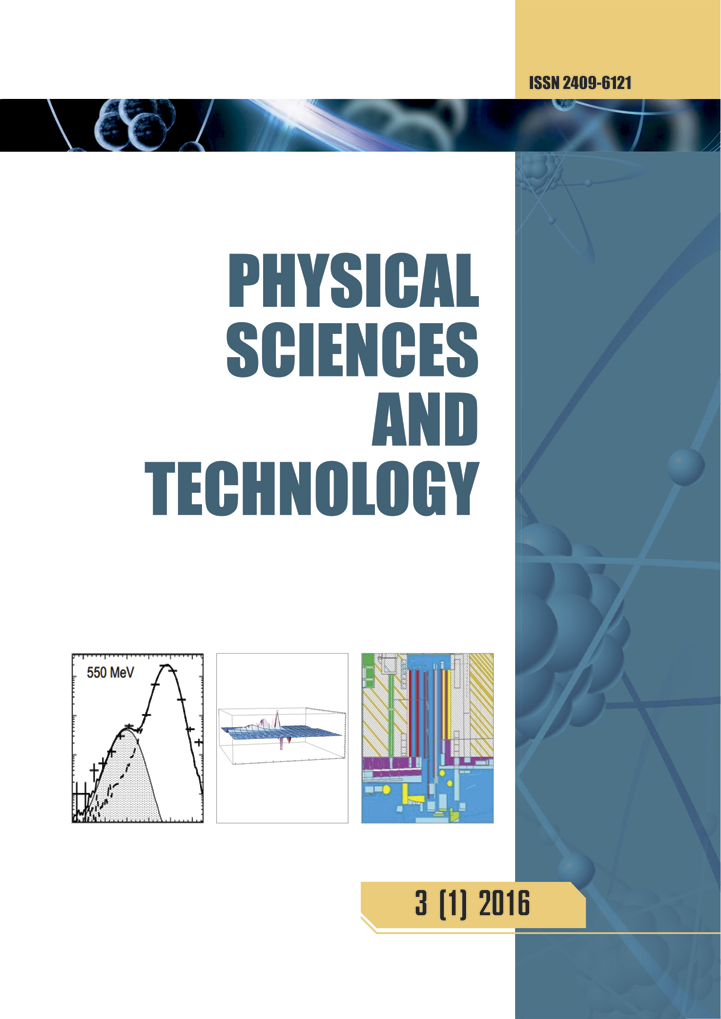Impact of gas pressure and spray distance on coating formation in electric arc metallization
DOI:
https://doi.org/10.26577/phst20251212Abstract
This study investigates the technological parameters of electric arc metallization applied to 30KHGSA steel, focusing on the effects of varying the spraying distance (100–250 mm) and gas pressure (6–9 Pa) on the resulting coating structure and properties. The spraying was performed using an SX-600 electric arc metallizer. Electron microscopy and metallographic analysis revealed that the coatings possess a layered structure consisting of solidified convective metal flows, micro-welded particles, and oxide inclusions. The optimal spraying parameters–150 mm distance and 7 Pa pressure–yielded the maximum coating thickness (729.58–733.62 μm) and the lowest porosity (4.02–4.33%). It was observed that increasing the spraying distance beyond 150 mm leads to reduced coating thickness, while deviations from the optimal gas pres sure result in decreased structural density and homogeneity. Electric arc metallization of 30KHGSA steel under optimal conditions enables the formation of coatings with enhanced wear resistance and mechani cal strength. Specifically, spraying distances over 150 mm and pressures outside the 7–8 Pa range nega tively affect the coating’s density, uniformity, and tribological performance. The identified optimal range (150–200 mm, 7–8 Pa) promotes the development of coatings with low surface roughness, reduced friction coefficient, and improved wear resistance.
Key words: arc spraying, steel coatings, microstructure, Vickers hardness, porosity, thickness




